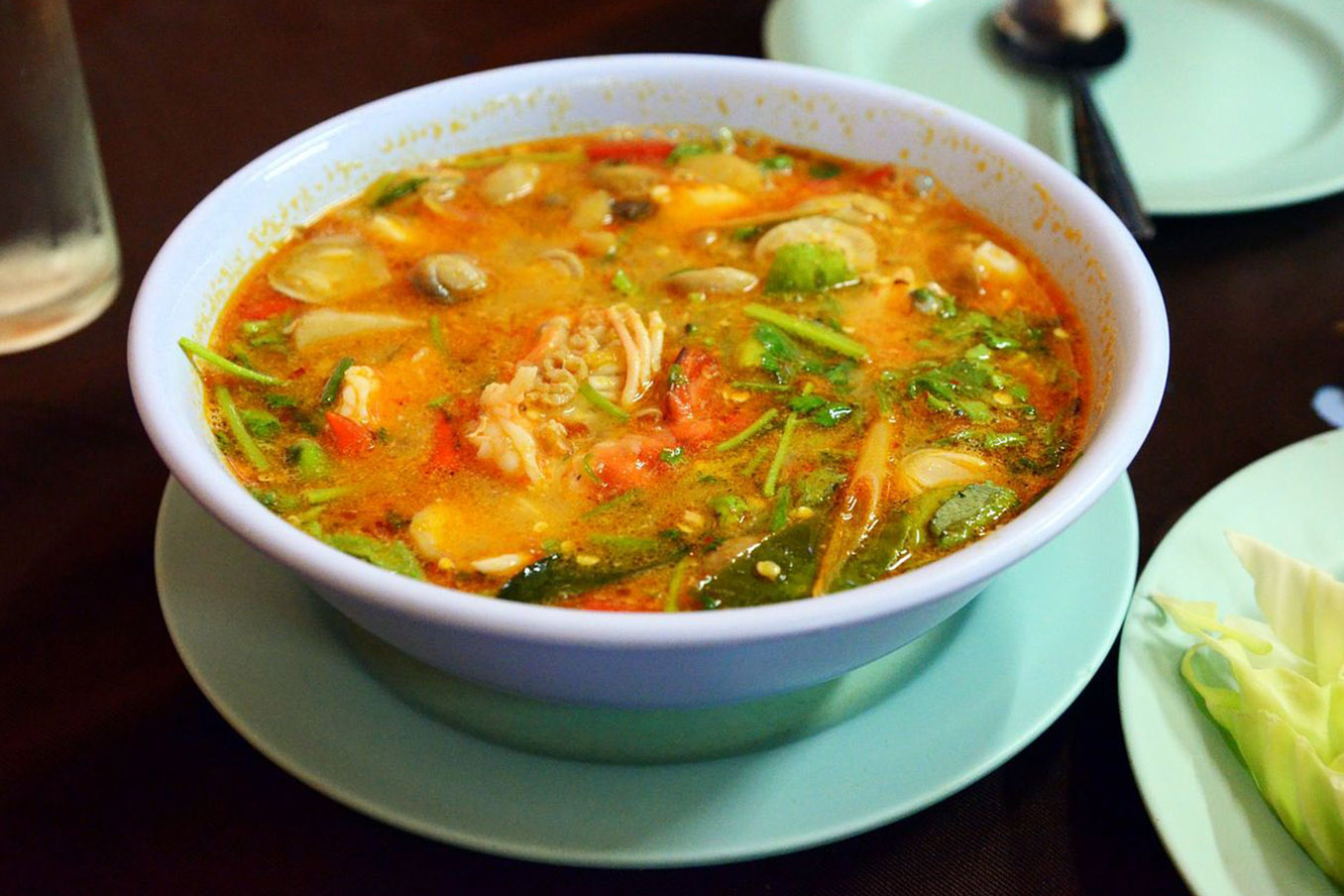Tom yum goong nominated for Unesco recognition

Tom yum goong nominated for Unesco recognition
Thailand’s popular dish, the fragrant, spicy and sour broth known as tom yum goong, is to be nominated for recognition on the Unesco list of intangible cultural heritage. The list’s aim is to draw attention to the wealth of knowledge and skills that are transmitted from one generation to the next. To raise awareness of their significance as components of cultural diversity and creative expression and to safeguard it for future generations.
The origins of Tom yum goong are unclear but a popular theory is that it evolved in the central plains of Thailand where there was an abundance of freshwater shrimp or goong. Other theories suggest that it was more commonly made with fish in its earliest form. Tom means to boil and yum to mix.
Every Thai mom of will have her own way of balancing the flavours. These are no doubt handed down through the generations by their mothers and grandmothers, but the three most important ingredients to be added to the boiled fish or shrimp are kaffir lime leaves, lemongrass and galangal which is a rhizome related to ginger.
You might also like: Some like it hotter
These ingredients all grew abundantly on the plains and along the rivers of central Thailand. Chillies arrived with European traders in the fifteenth century and were adopted enthusiastically. Since then the dish has evolved and become one of the countries signature dishes. Other ingredients can include shallots, mushroom, coriander and fish sauce,
Today you would be hard pressed to find a restaurant that didn’t have at least one version on its menu. Tom yum goong is the most familiar version but tom yom plaa (fish) and talay (mixed seafood) are also popular. Tom yum gai is a version made with chicken, tom yam kathi is made with coconut milk and tom yam goong ma phrao on nam khon features coconut flesh along with the shrimp.
Deadline for nominations is March 31 after which it will simmer for about two years while the Unesco panel cogitates.
Photo by Takeaway via Wikimedia Commons